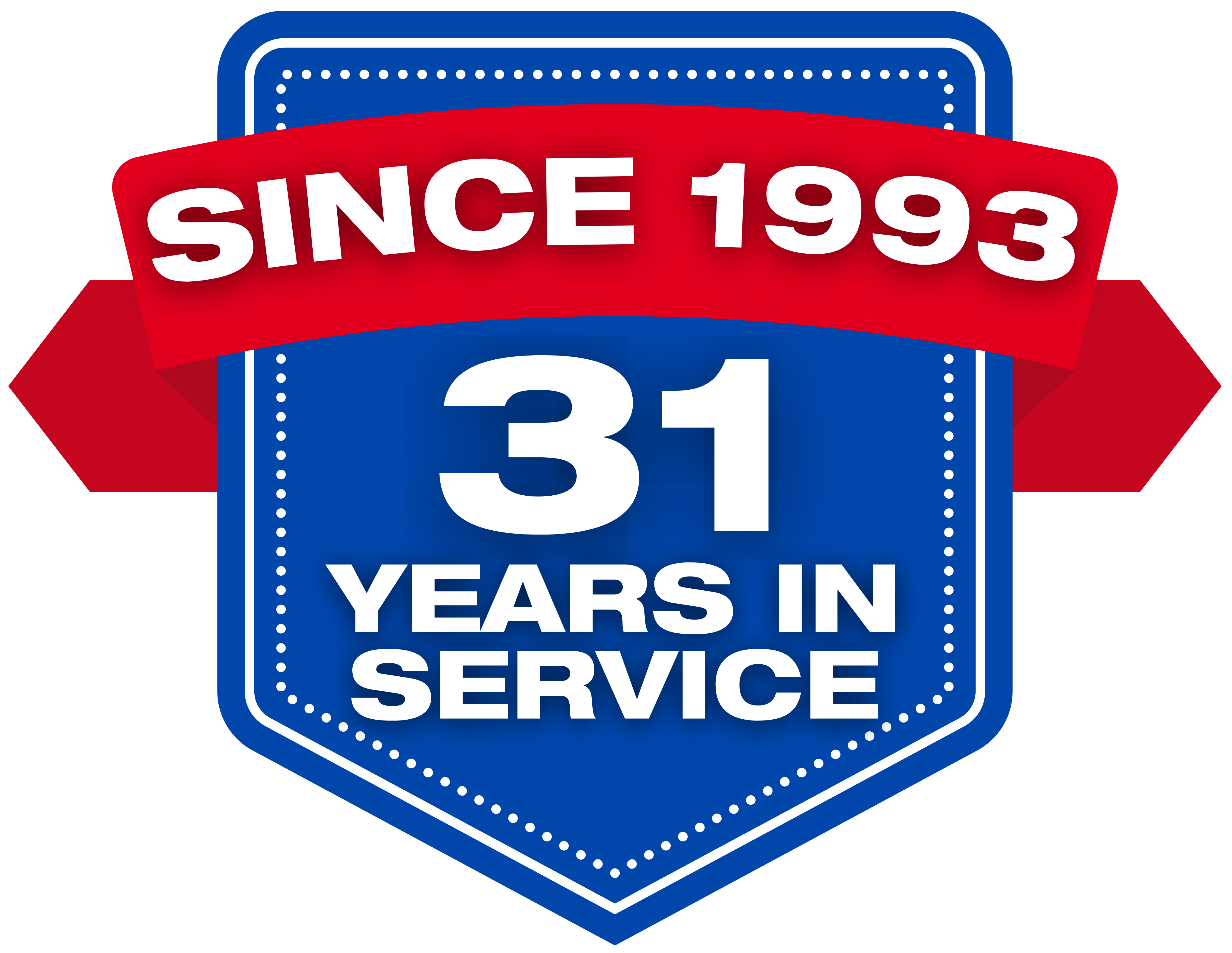Navigating Post-Fire Challenges: Vital Warnings and Tips for Success

Experiencing a fire impacting your business can be deeply unsettling, resulting in considerable physical property damage and profound emotional distress for all involved. Alongside property damage, operational disruptions pose significant challenges to business continuity. However, with the right guidance and proactive measures, it's possible to emerge from the ordeal stronger than before. This comprehensive guide explores vital warnings and practical tips to help navigate the fire damage cleanup process successfully and overcome challenges along the way.
Understanding the Risks:
Before getting into fire damage cleanup, it's imperative to grasp the associated risks. Fire can compromise a building's structural integrity, making it susceptible to collapse. Additionally, the smoke and soot residue left behind may contain harmful chemicals and toxins, posing health hazards. Safety should always be the top priority during cleanup efforts.
Warning: Structural Stability
The aftermath of a fire may weaken your property's structural integrity, increasing the risk of collapse. Before entering the premises, carefully assess the building's stability. Look out for signs such as sagging ceilings, cracked walls, or warped floors. If there's any suspicion of structural instability, evacuate immediately and seek assistance from a qualified professional.
Tip: Conduct a Safety Assessment
Before commencing fire damage cleanup, perform a thorough safety assessment. Identify potential hazards such as electrical damage, gas leaks, or unstable debris. Shut off utilities like electricity, gas, and water to prevent further damage and mitigate safety risks. Wear appropriate personal protective equipment (PPE) such as gloves, goggles, and respirators to ensure your safety during cleanup.
Warning: Smoke and Soot Residue
Smoke and soot residue can permeate surfaces throughout your property, leaving stubborn stains and odors. Besides being unsightly, they also pose health risks due to their toxic composition. Minimize direct contact with smoke and soot residue to avoid respiratory issues and other health problems. Ventilate the property by opening windows and using fans to disperse smoke and odors.
Tip: Professional Cleaning and Restoration Services
Consider engaging professional cleaning and commercial restoration services for thorough and safe removal of smoke and soot residue. Experienced technicians possess the knowledge, equipment, and expertise to restore your property to its pre-fire condition. Specialized techniques such as HEPA vacuuming, dry cleaning, and ozone treatment effectively eliminate smoke particles and odors.
Warning: Water Damage
Firefighting efforts can inadvertently cause water damage to your property, exacerbating the situation. Excess water from fire hoses and sprinkler systems can saturate building materials and promote mold growth if left unaddressed. Act swiftly to remove standing water and dry out the property to prevent further damage and mold growth.
Tip: Prompt Water Extraction and Drying
Prompt water extraction and drying are crucial to mitigate water damage and prevent mold growth. Utilize pumps, wet vacuums, and dehumidifiers to eliminate standing water and moisture. Thoroughly dry affected areas using fans and air movers, paying attention to concealed spaces like wall cavities and crawl spaces. Monitor humidity levels closely and continue drying until moisture levels normalize.
Warning: Electrical Hazards
Fire damage can compromise electrical systems, resulting in hazards such as exposed wires and short circuits. Avoid handling electrical components or appliances that may have been damaged by fire or water. Before attempting to use them, have a qualified electrician inspect and repair any issues to prevent the risk of electrocution or further damage.
Tip: Electrical Inspection and Repairs
After a fire, engage a licensed electrician to inspect your property's electrical systems thoroughly. Promptly address any damage or hazards identified to ensure the safety of your property. Replace damaged wiring, outlets, and appliances as necessary, and consider installing surge protectors and ground fault circuit interrupters (GFCIs) for added protection against electrical hazards.
Warning: Toxic Chemicals and Contaminants
Fires can release a range of toxic chemicals and contaminants into the air, posing serious health risks. Minimize exposure to hazardous materials such as asbestos, lead, and volatile organic compounds (VOCs) commonly found in building materials and household products. Wear appropriate PPE when handling or cleaning up fire-damaged areas to safeguard your health.
Tip: Environmental Testing and Remediation
Consider conducting environmental testing to identify hazardous materials present in your property. Engage certified professionals to perform testing for asbestos, lead, mold, and other contaminants. Based on the results, implement remediation measures to safely remove and mitigate hazardous materials, ensuring a clean and healthy indoor environment.
Fire damage cleanup is a complex process that demands careful planning, caution, and expertise. By heeding essential warnings and implementing practical tips, you can navigate the cleanup process successfully and restore your property to its pre-fire condition. Prioritize safety, seek professional assistance when necessary, and take proactive measures to address potential hazards and risks. With determination and diligence, you can overcome the aftermath of a fire and rebuild your business with confidence.
ALL-CLEAN USA:
Trust the fire & water damage experts because serious problems require a serious company.
Don't let post-disaster chaos disrupt your life. We're available 24/7, 365 days a year, dedicated to restoring both your property and peace of mind. Whatever the emergency, trust ALL-CLEAN USA to be there for you when you need us most. Contact us today for immediate assistance. We are here for you!


